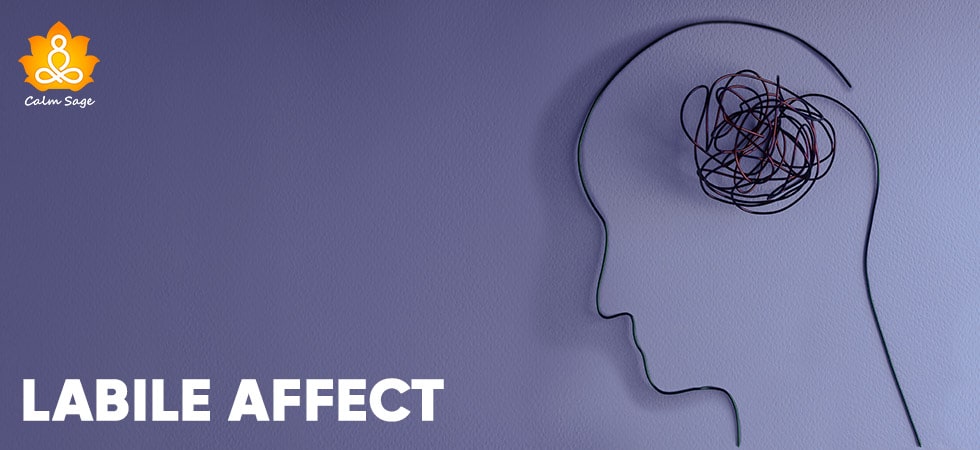Gender Dysphoria | Symptoms And Treatment | How-To Support
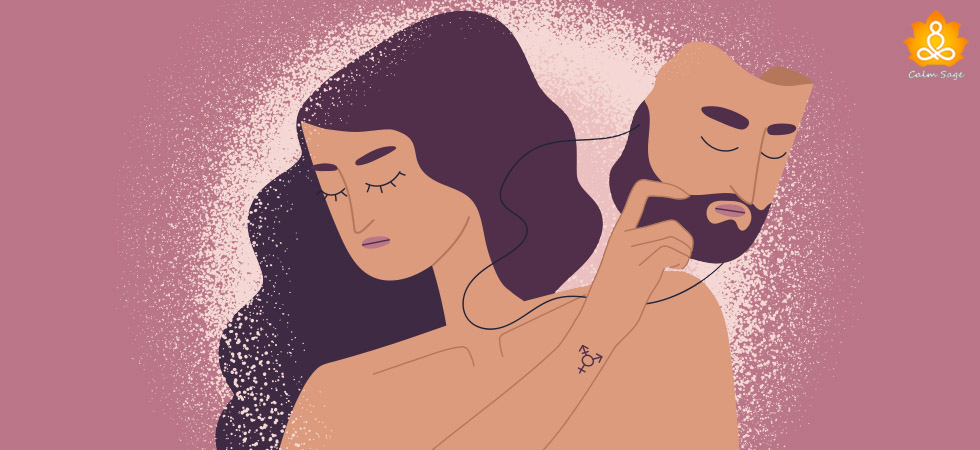
A conflict between a person’s assigned biological gender and their preferred gender is termed as Gender Dysphoria. People with gender dysphoria may feel uncomfortable with identifying themselves with their assigned or biological gender which in turn can greatly affect a person’s ability to function.
‘Dysphoria’ by definition means, a state of unease or generalized dissatisfaction with life. It can create unease that could hinder a normal lifestyle of many. Gender identities play a huge role in the lives of genderqueer people. Non-binary or gender-fluid individuals are not associated with specific gender identities. Non-binary people as a group may assume different identities than their assigned biological ones.
The challenges faced by the genderqueer community as a whole have led to many individuals falling prey to depression, anxiety, and mental imbalance. For years, gender dysphoria was accounted as a mental illness next to homosexuality. It is only recently that transsexuality has been accepted. Rejection, prejudice, fear is still as strong in the LGBTQ community as it was decades ago as, unfortunately, not everyone is understanding.
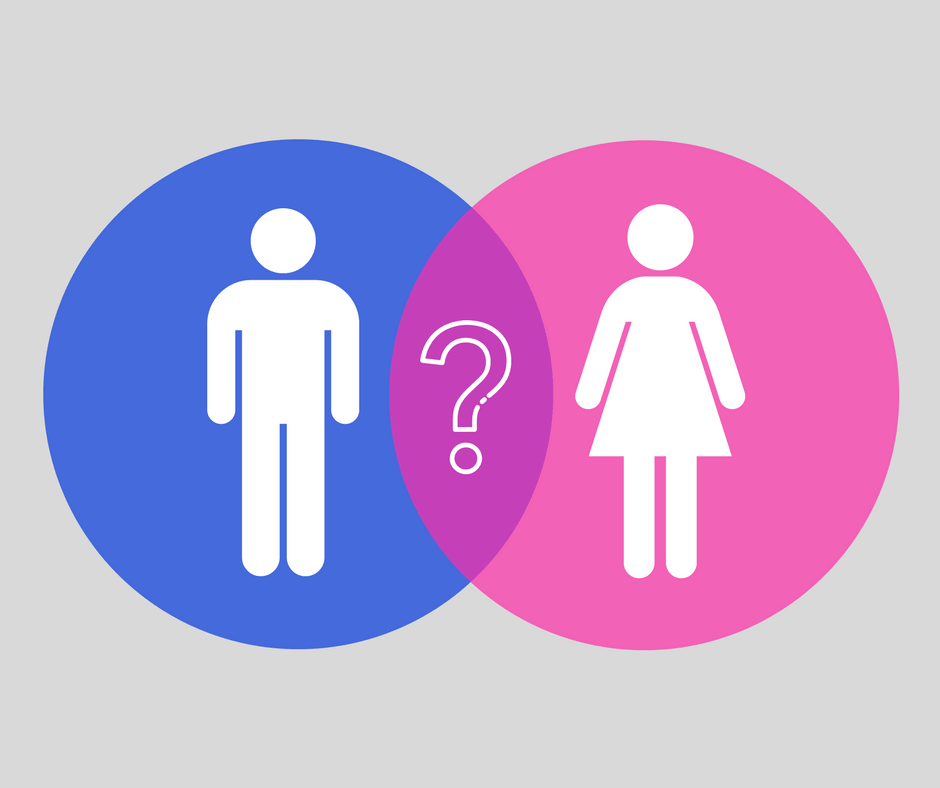
Symptoms of Gender Dysphoria
Gender dysphoria can be diagnosed at an early age. A person with gender identity disorder can have the following symptoms:
1. Consistently denying their assigned gender
2. Strongly preferring traits of the opposite gender or their favored sex
3. Showing disgust with their genitals
4. Having distress with their body changes during and after puberty
5. Avoiding social interaction
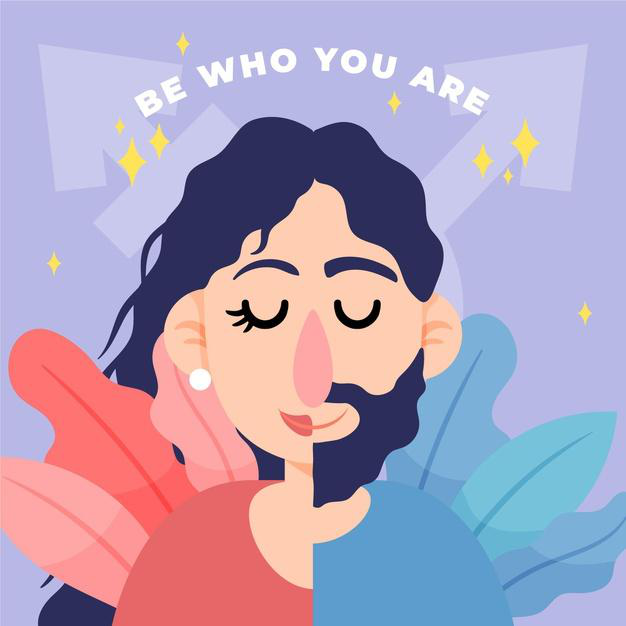
Treatment For Gender Dysphoria
The feeling of your body not reflecting the gender you wish can cause depression, anxiety, and severe distress. The treatment of gender dysphoria varies from person to person. What works on one may not work on the other. The problem is not a person’s identity, it’s the unease of having a different gender.
The aim of treating gender dysphoria is to address the negative emotions and discomfort caused by the mismatch of one’s gender. Treatment options include:
1.Hormone replacement therapy (HRT)
The goal of this therapy is to suppress the present hormones of the assigned gender and supplement the hormones of the preferred gender. These treatments help an individual in improving the quality of life, interpersonal relationships, self-esteem, and self-confidence.
2.Counselling
Many people don’t feel comfortable taking supplements for hormone replacement. Counseling from a professional mental health expert is often the best option. Someone might want to embrace their affirmed gender without HRT, can reach out to a professional for help.
3.Surgery
Procedures such as double mastectomy, chest reconstruction, or sex reassignment can also be a part of the treatment of gender dysphoria. Although this step should be the last option in any case.
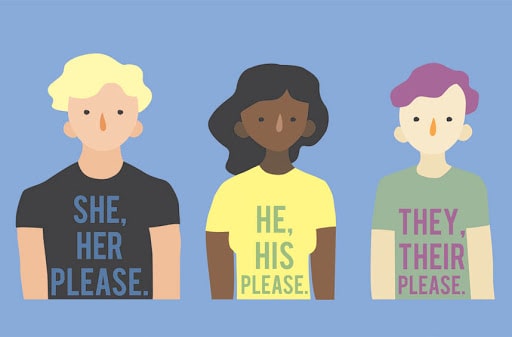
Your Support Is Important
When a person transitions from one gender to another, they go through emotional trauma as their body accepts their gender. Being bullied by loved ones and peers can decrease an individual’s mental prowess. You can help by:
1.Being Supportive
Even after transitioning, a person may need time to adjust to their new normal. Support from friends and family is important. Help your loved ones with finding a doctor or a mental health professional who can help them with their gender identity and emotional issues. Encouraging and spreading awareness can help reduce stigma against cultural and gender dysphoria.
2.Being Respectful
Non-binary people don’t have a binary gender identity which they associate themselves with. Never assume a person’s pronouns. Be polite and ask beforehand their preferred ones. Being transgender is not an identity.
3.Building community
People with gender dysphoria will be comfortable in a community where safety and security are offered. Reading literature by and about genderqueer people, creating cultural and social support is important and helpful. Educate yourself and people around you on how to correctly address a person with gender dysphoria.
4.Validate
A person with gender dysphoria does not want to hear that their problem is ‘just a phase’. What they need is validation. All mental health disorders are valid and real. Dismissing them as nonsensical is not supportive or helpful. Instead, show compassion and ask ‘how can I help’.
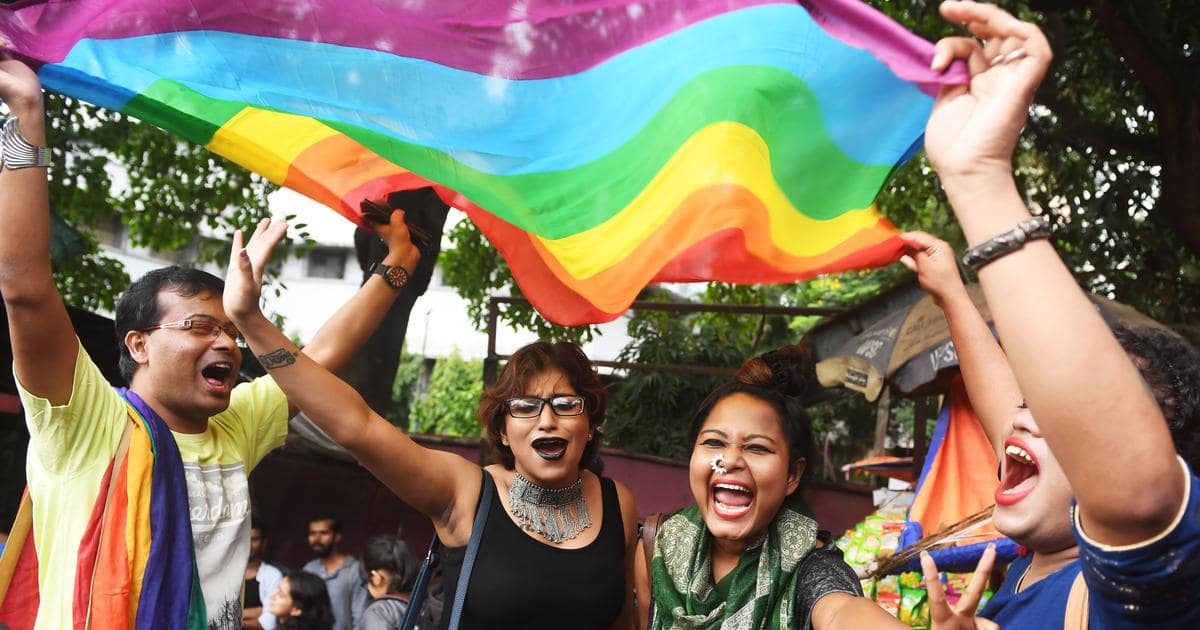
Hope and aspirations is the right of every human being co-habiting the plane. Every disorder, mental and physical is valid and real. The world is evolving and changing every minute. Decades ago people struggled with their identity and they still do. What we can do is support and accept their identity and illness.
Where there is love, there is life!
You Might Like These Also:
Best Online Anxiety Support Groups






